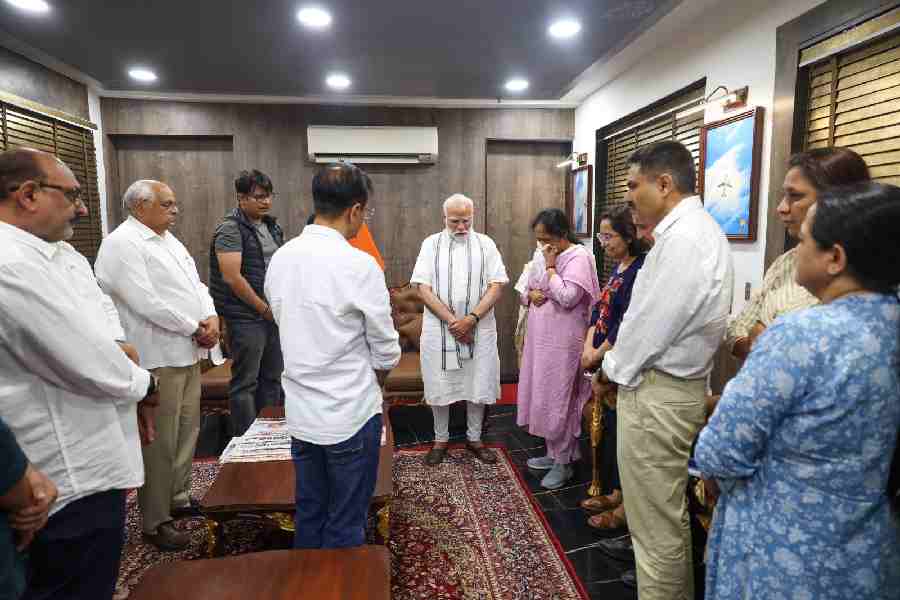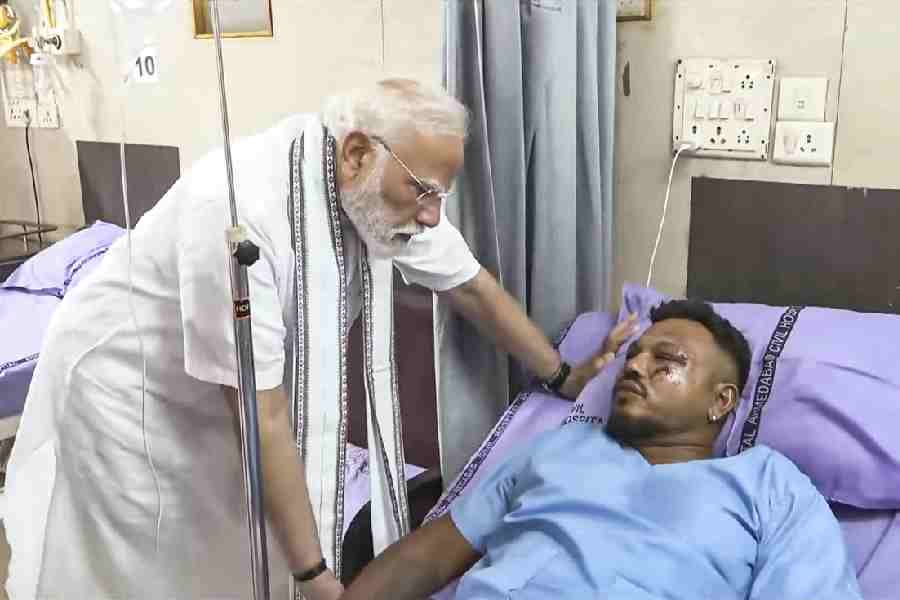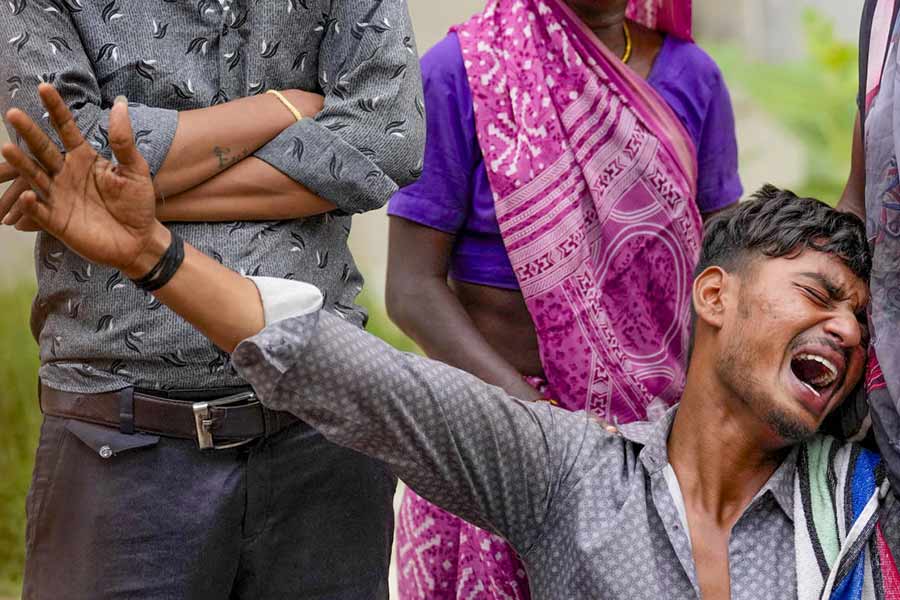 |
| Ruins of Bhangarh fort, Rajasthan |
Travelling in, Travelling out: A book of unexpected journeys Edited by Namita Gokhale,
HarperCollins, Rs 599
Books about travel have not lost their universal appeal as people still enjoy reading about faraway places, people from other lands, their customs and traditions. These add colour to their humdrum lives. And if a book on travel talks about diverse religions and cultures, even from one’s own country, it is bound to elicit more interest. The book under review takes us through the length and breadth of this vast country, and even ventures beyond the borders.
India is a vast country — cultures and traditions not only vary from state to state but even within a single state. Such a wide array of cultures can hardly be found anywhere else. However, Namita Gokhale makes it abundantly clear at the outset that the work is not a travelogue in the conventional sense of the term. She tries to redefine the idea of travel itself. She states that the essays are more like “explorations and encounters” and “musings and meditations on the nature of travel”. The subtitle, “A book of unexpected journeys”, also arouses a certain kind of expectation in the reader which the book has to fulfil. The reader must be ready for the element of “unexpected” because some of the essays in the book venture into territories not usually associated with such a collection.
The anthology includes 25 different writers from the country as well as abroad. The essays are written by a wide cross-section of people, that include Pakistani and Western writers.The essays not only talk about travels, towns, forests but also offers varied perspectives about the customs of the people from different countries. This book could serve as a good read after dinner.
Multiculturalism has changed the way we look at the world today. Thus the book includes three Western writers, who try to understand India from their perspectives, and also an interesting piece that tries to fathom the difficulties of immigrants, especially Pakistanis settled in Amsterdam. But that is not all. The topics of the essays are also very different — they deal with elements of supernatural, social and artistic concepts. What is more appealing, apart from the content of the writings, is the tone and style of the writers. Some of the writers may be well known to the readers while the others may not be that popular. But all the writers have immense knowledge in the subject of their choice and can easily captivate the readers.
The writers include M.J. Akbar, Marie Brenner, Urvashi Butalia, Ipsita Roy Chakraverti, Ashok Ferrey, Namita Gokhale, Advaita Kala, Manosi Lahiri, Saba Naqvi, Aman Nath, Kota Neelima, Rahul Pandita, Aakar Patel, Devdutt Pattnaik, Jerry Pinto, Wendell Rodricks, Mishi Saran, Navtej Sarna, Aveek Sen, Ali Sethi, Bulbul Sharma, Dayanita Singh, Mayank Austen Soofi, Nisha Susan, and Queen Ashi Dorji Wangmo Wangchuck.
The essays also talk about art, history, geography, spiritualism, ghosts and cartography. Some of the themes are ordinary while the others are astounding. But all of them have the power to keep the readers hooked. Chakraverti’s piece about Bhangarh fort in Rajasthan, in which she and her team come face to face with ghosts, is quite exceptional. Akbar’s essay about the greed of man in the serene landscape of Saranda forest, offers a different viewpoint altogether. But the piece capable of awing the readers juxtaposes different photographs by Dayanita Singh that range from the Taj Mahal and the Eiffel Tower to the Durga Puja pandals in Calcutta. Nisha Susan’s writing on the Gond art is informative while that on Tirupati and Moinuddin Chisti are delightful to read even though they are laced with religious ideas.
Saba Naqvi’s essay can shock those that are devoutly religious. Manosi Lahiri’s piece on cartography, chiefly deals with maps, but can be enjoyed even by the layman and is highly informative. The compilation also includes Rahul Pandita’s account of his encounters in the Maoist infested regions and Advaita Kala’s piece on how she was searched by over enthusiastic security officials in one of her sojourns abroad. But Marie Brenner’s write-up on India and Mayank Austen Soofi’s on Nainital are pieces that can be read over and over again for their unique style as well as content. There are many others in the book that are as readable as those cited above.
The 25 essays in the book on different topics of the country, its people and their ways of life read like short stories that have the ability of transporting the readers to a different world. These pieces can make one forget about the harsh realities of life, albeit for a short period of time. The readers can cherish the book and this will certainly be a valuable addition to their collection.











